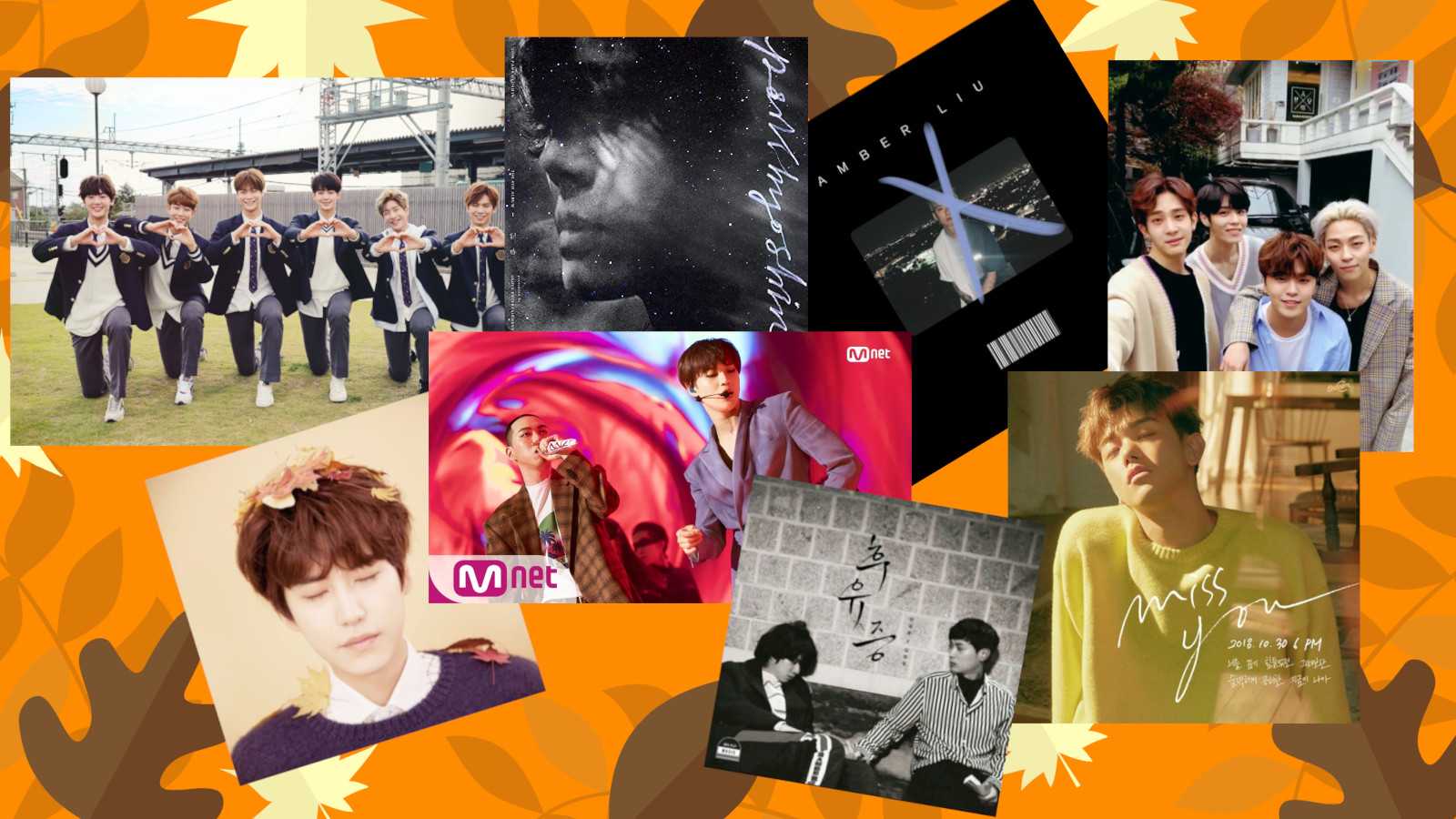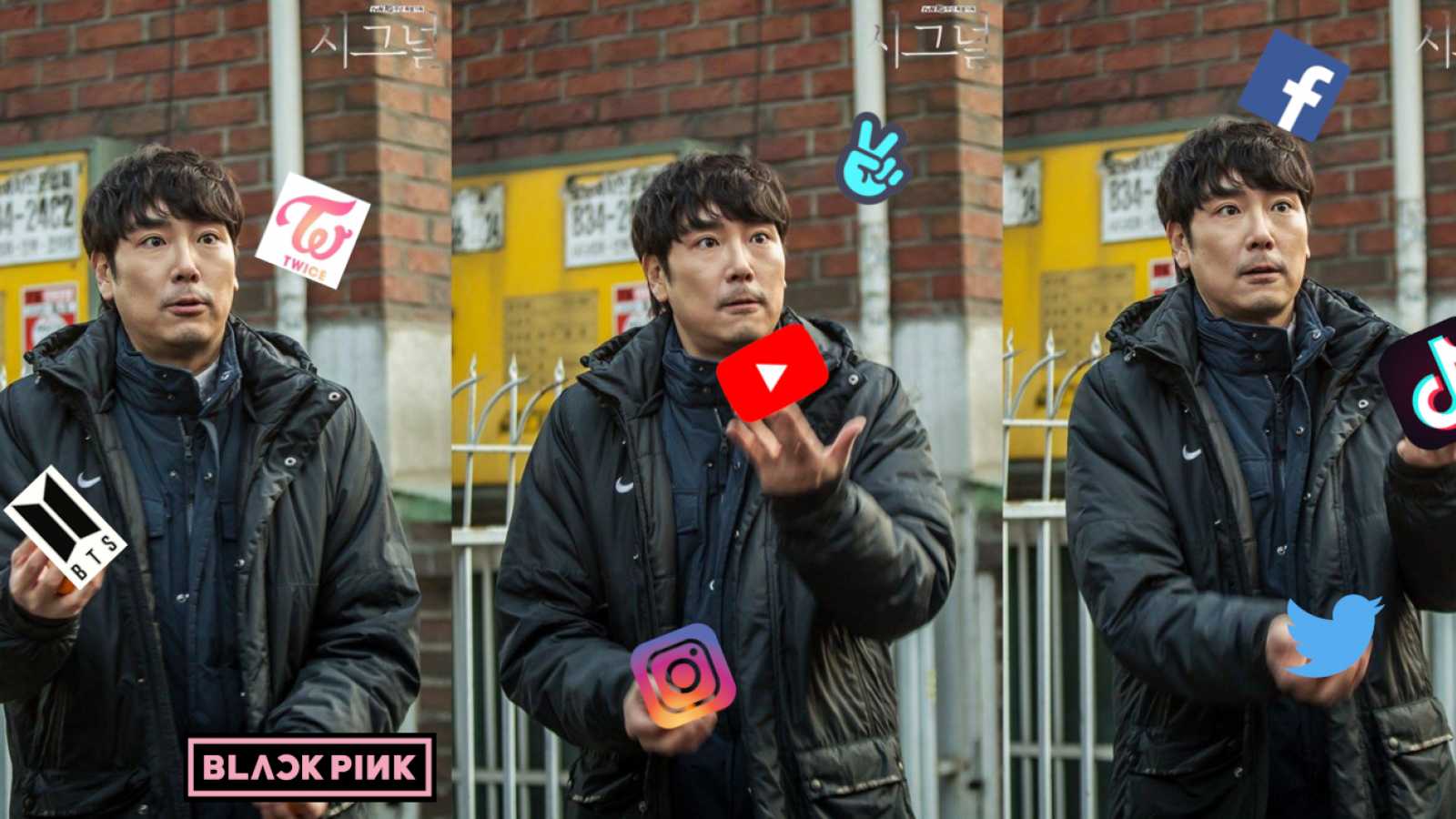Nagoya kei is often referred to as a sub-genre of the visual kei scene. Many listeners are aware of bands that fit under the criteria but know very little about Nagoya kei, its history and how the unique style came to be. Therefore, JaME is happy to present a history of Nagoya kei, stomping out the myths of this elusive genre of underground visual kei.
HISTORY
Nagoya kei (also known as 名古屋系)is a division of the visual kei scene that is centered primarily in Nagoya, Japan, but it branches out to other areas in the Aichi Prefecture. While many bands that formed in Nagoya tour the country, and some eventually move to Tokyo to further their musical careers, their roots still began in Nagoya. Thus, they still maintain the label as a Nagoya kei band.
Starting in the early 1990's, Nagoya kei was heavily inspired by British punk and Western Goth and death metal. As a result, most music produced by Nagoya indies bands was influenced by these roots and had a much darker sound than regular visual kei, often with much heavier bass and complex guitar arrangements. Nagoya bands also rely much less on their costumes and makeup and focus primarily on hard instrumentals and impressive compositions. This is unlike visual kei bands from other parts of the country, where the overall appearance has a large impact on the success of the band.
While Nagoya artists' music has evolved, the basic musical concept has remained consistent and is still seen today with such bands as
DEATHGAZE and
lynch. As the music trickled down over the years, another genre of influence emerged - western alternative - producing a new sound that is, to this day, unique primarily to the Nagoya kei scene.
LIVEHOUSES
The live houses in Nagoya helped shape the Nagoya kei scene, pushing it from underground out into the open and making it a popular genre. The most famous live house is Nagoya E.L.L., also known as Electric Lady Land, which was founded in 1977. E.L.L. has launched two new live houses in the past decade, ell. FITS ALL in 2000 and the newest, ell. SIZE in 2007. All three venues have had Nagoya kei legends walk their halls. Nagoya BOTTOMLINE, which was founded in 1989, and MUSIC FARM, founded in 1988, are two other notably famous Nagoya venues where even today, Nagoya kei indies bands still play regularly.
LABELS
Two of the most influential Nagoya kei record labels were Donuts Record West and Soleil Records. Both record labels emerged in the mid 1990's, bringing with them a line up of visual and dark Nagoya kei bands and producing artists like
Lamiel,
Phobia,
Vizell and
La'Mule. Soleil Records dissolved around 2002, but Donuts Record West is still semi-active in Nagoya today.
NAGOYA KEI LINEAGE
One of the most unique traits of the Nagoya kei bands is the "recycling" of band members, with members across generations of music traveling the circuit and not only influencing each other, but working together in projects and new bands. When mapped out from roadies to support members and band changes, the chart is extensive. It shows years of changes and reused members that have appeared in bands many, many times before.
One of the most famous of the Nagoya circuits involves members still existing and changing today. The rotation began with
Lamiel and
kein, which was followed by the formation of
blast and
deadman. Around this time also came the rise of
GULLET with front man
Ryo from Niigata-based band,
Galruda. Finally, with the disbandment of those bands came
lynch.. The newest band stamped by fans with the Nagoya kei title is
the studs, a band primarily made up of members from prominent Nagoya bands in the circuit.
The members of these bands were consistently working together, even as they left bands and formed new bands. Many of these members have played support and were roadies for one another. In 2003, several members worked together with
KISUI, the vocalist of
Phobia on the
Kisui Project.
MYSTERY OF NAGOYA KEI
Since the term "Nagoya kei" was born, there have been endless debates about the validity of the genre, bands that fall under the criteria, and what really makes Nagoya kei. Fans try to put Nagoya kei as a blanket term to describe all bands in the city of Nagoya, but this isn't the case. Fans and bands alike have pinned Nagoya kei as visual kei bands that are in Nagoya, have the darker sound and are of a close knit community, but that umbrella term doesn't apply to other bands that may be close and are of Nagoya descent, yet aren't dark.
The debates of which bands are Nagoya kei and which aren't have been going on for years.
Rouage,
Kuroyume and
FANATIC◇CRISIS are the top three among fans to be debated about, as all three bands were of Nagoya descent, started with a strong, hard sound, but changed drastically as the band evolved. In each case, there has been either direct refuting from the band or underlying criteria that keeps fans debating whether the band deserves the Nagoya kei title, even when they have members from the heart and soul of the Aichi prefecture.
In the indies scene, bands like
9GOATS BLACK OUT,
galruda and
D'elsquel are linked to Nagoya kei due to their attributions with either labels or other Nagoya bands.
the studs are also involved in this mix-up. Being based out of Tokyo with a Tokyo native vocalist, fans insist on the title due to their sound, members and how closely they still interact with other bands in the circuit. While
9GOATS BLACK OUT has asserted they are not Nagoya kei,
the studs have not, leaving their title up in the air.
So how does this unveil the mystery behind Nagoya kei and let us pin down a definitive meaning? It doesn't!
Today, the term Nagoya kei is far less used. The Nagoya kei genre still lives on in some bands but as the last era has faded, it has made way for bands from all over Japan to share the sounds, looks and in some cases, communities of Nagoya kei. Nagoya kei is far from extinction, but the driving force of the once thriving genre has now passed along the roots to bands outside of the walls of the Aichi prefecture, making the distinction between bands much harder. Despite all this, one thing is for certain:
Nagoya kei is always going to be something that will have an air of mystery to it. It's a genre that will always be debatable, and will always be disagreed upon for the simple purpose that it can't be pinned down and defined. Nagoya is one of the few elite cities across Japan to produce such a strong band circuit and such a distinct genre of music that they coined their own name.
NOTEWORTHY BANDS
Silver~Rose
Silver~Rose was the forefather of Nagoya kei, starting out in the 1990's and altering the style of Nagoya kei as we know it. Despite being in the scene for just a few years,
Silver~Rose released a very extensive discography that influenced musicians like
aie of
deadman for the next generation.
Kaiki and
Rika were members and roadies for
Silver~Rose before moving on to
Rouage together.
Silver~Rose is still popular today with their dramatic melodies and strong messages.
Kuroyume
While not having the typical Nagoya sound but honing in on the visual aspects,
Kuroyume has been one of the few solid Nagoya kei bands impossible to define. They started out with a dark rock sound before moving through genres and finally stopping on a punk sound.
Kuroyume rocked the 90's with their constantly evolving style, influencing Nagoya kei bands through the next few generations.
Laputa
Laputa has changed the way visual kei and Nagoya kei as an entirety are seen for many bands and is looked upon as a legend both lyrically and musically. The band was led by famous vocalist
Aki and ex-
Silver~Rose member,
Kouichi.
Laputa took Japan by storm through the 90's with strong releases and powerful rhythms that still make them a popular band today.
Aki has since gone solo, with
aie of
deadman playing support guitar for him in 2005.
Merry Go Round
Merry Go Round was one of the earliest bands of the Nagoya kei scene, breaking into the genre in the early 1990's with members from ex-
Laputa and ex-
Silver~Rose.
Merry Go Round helped to shape the genre and influence future bands, and that influence is still heard today in bands like
lynch. They produced moody and harder music and had a large fan following despite their obscure sound.
Mako of
deadman was the roadie for
Merry Go Round's vocalist,
Kazuma, before launching his own singing career.
kein
kein helped to jump start the dark era of Nagoya kei in the late 1990's and, while they only immortalized a handful of their songs in recording, the band had a substantial discography, with another twelve songs that were unreleased and only played live. It was the first time
Mako and
aie worked together, and the band produced extremely dark music with a visual twist that rocked the Nagoya underground scene.
deadman
deadman shook the scene to the core when they emerged in early 2000. Armed with experienced guitarist
aie of ex-
Lamiel and lyrical mad man,
Mako of ex-
kein, the band spent the first few years searching for their identity and playing with various sounds before settling on western alternative. This changed the way Nagoya kei bands were thought of and led a new generation of indies bands to follow in their footsteps. In 2006,
deadman shocked the music scene, devastating fans with the announcement of a hiatus, even though they had just released an album months before.
Blast
Blast was one of the bands with the most circulated members, having half of the musicians coming from
Lamiel and moving onto bands like
siva and
the studs. Backed by the unique vocals of front man
Yuina,
Blast introduced a new jazzy genre to the hard style Nagoya kei mix. They toured frequently and were close friends of
deadman and, while
Blast never formally disbanded, their breakup caused strife in fans for years after the hiatus.
GULLET
Nagoya wasn't ready when
GULLET hit the scene in early 2002, compounding on the already established dark style with harder compositions and vocal experimentation. The path had been paved for
GULLET by
Galruda, vocalist
Ryo's previous band. While
Galruda was Niigata based, the music and Ryo's unique vocals helped to boost the sound that is still heard in Nagoya kei today. The distinction between the two bands was clear, and
GULLET changed the Nagoya kei scene forever and helped to influence new bands like
DEATHGAZE and
lynch.
OTHER ARTISTS
If Nagoya kei is something that interests you, there are many artists around today that can be found in the scene, and dozens from the past that still linger with obtainable music. Here is a small list:
Lamiel,
phobia,
rouage,
DEATHGAZE,
Galruda,
EAT YOU ALIVE,
meth.,
Kisui Project,
vizell,
violet narcissus,
SIX-R,
Gemmik,
Sleep My Dear,
FANATIC◇CRISIS,
HYBRID-ZOMBIEZ,
Kusse,
berry,
marry+an+blood,
D'elsquel,
Vasalla,
DoLL-eyE,
Madeth Gray'll,
La'Mule and many, many more.
Do you have any comments about this article? Please feel free to discuss it in
our forum.

















